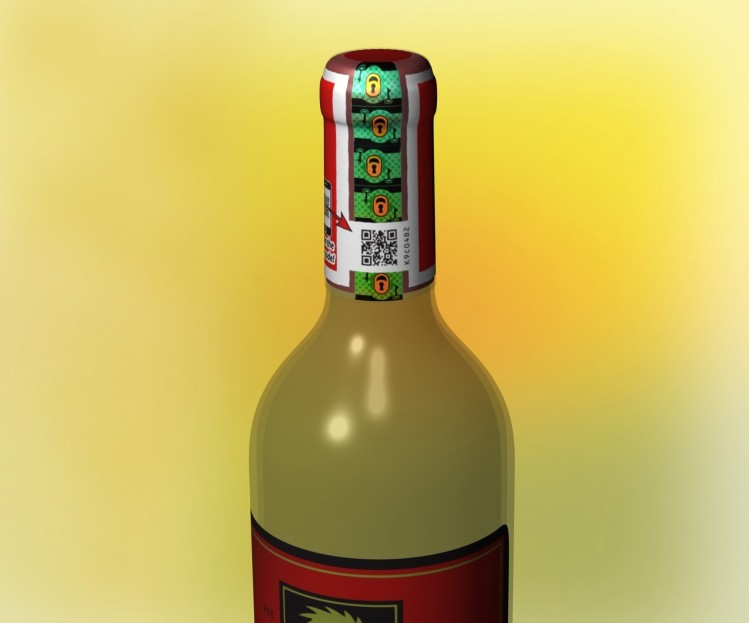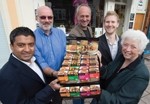Holograms overlooked for security

General secretary designate of the International Hologram Manufacturers’ Association (IHMA) Dr Mark Deakes explained that the use of holograms as an anti-counterfeit measure was always a response to a real – or perceived – threat to the brand.
“There has to be enough of a problem to justify investing in holograms, for example, a drop in revenue,” said Deakes.
But there were now many more options, he added: “There are new origination techniques, such as electron beam technology, nano-text, laser-verifiable features and demetallisation technologies (which selectively remove parts of the hologram). These are enormously difficult to counterfeit, and can be integrated into the overall design.”
Critical
In critical applications, an overt security feature such as a hologram can be combined with covert systems (such as elements only visible under ultraviolet light) and even forensic checks, which need to be performed in a lab.
Unlike some other countries, the UK does not require holograms to be an integral part of a tax stamp to demonstrate payment of excise duty. “Use of holograms is not always mandated by government,” says Deakes. “But where the brand has been attacked, the brand-owner tends to do something about it.”
Solutions include DuPont Authentication’s Izon anti-counterfeit technology. Global business manager Peter Waker said: “It protects high-end brands in the wine and spirits industry such as Macallan Scotch, and can be used with high-value food items, such as baby formula and nutritional supplements.”
Izon is a 3D holographic security system, which embeds an image in a label and allows consumers to see it from four different angles for a visible authenticity check.
DuPont recently added the Izon sleeve, which enables holographic security features to be embedded directly into an existing shrink sleeve, eliminating the cost of creating and applying a separate authentication label.
Greater awareness
Greater awareness of food fraud meant that consumers were looking for higher levels of reassurance about the authenticity of a food or brand, said Deakes at the IHMA. “For example, by combining a hologram with a 2D barcode, a brand-owner can alert consumers as to what they should be looking out for,” he added.
Elsewhere, holograms have been used where the net value of the product may not be especially high, but where authenticity and provenance are especially important – as with certified Kosher and Halal foods.
One of the barriers to greater uptake of holograms may be the relatively low production volumes.















